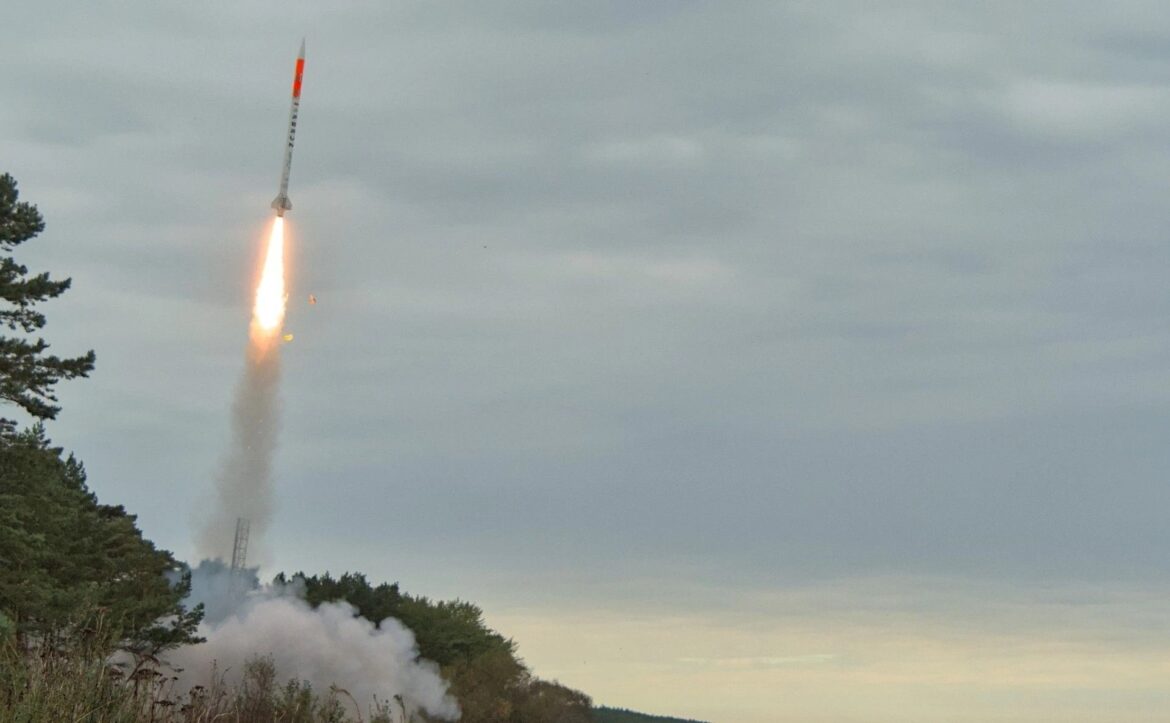SpaceForest announced on its social media that the second test flight of the Polish Perun suborbital rocket had been conducted. The launch was performed from the Central Air Force training ground in Ustka. This time, the system reached an altitude of 12 km above the Earth’s surface. The main purpose of the flight was to test new and improved control algorithms.
‘In the first flight, the rocket was aligned to a preset angle from the vertical, but ‘drifted’ to the west due to the crosswind, which was one of the reasons for aborting the first mission. Changes brought to the controller and several tests of the TVC control system on smaller rockets in the Bigos series resulted in a definite improvement. Despite quite strong winds at higher altitudes, Perun perfectly maintained the set trajectory.
In the 28th second of the flight, an engine failure occurred at an altitude of 10 km, as a result of which it was decided to abort the mission. After reaching a height of 12 km, the rocket elements began to fall safely into the Baltic Sea, after which they were picked up from the water in the training area.
“We had hoped for a record height, but an equipment failure prevented us from reaching it. Space is difficult. We are not giving up being another milestone closer to flying above the Karman line. We are starting the countdown to our next attempt, say the project engineers.
The company stressed that thanks to the autonomous tracking and communication system, contact with the rocket was maintained throughout the flight and even after launch, allowing the test controllers to track all parameters in real time.
The Polish Perun suborbital rocket is intended to be a fully reusable system, allowing at least five flights to be carried out using a single unit. It is being constructed with the aim of creating a cost-effective platform for research in a microgravity environment. As designed, measuring 11m in length, the system will be able to lift to 50kg of payload to an altitude of up to 150km.
Arkadiusz Słomczyński





